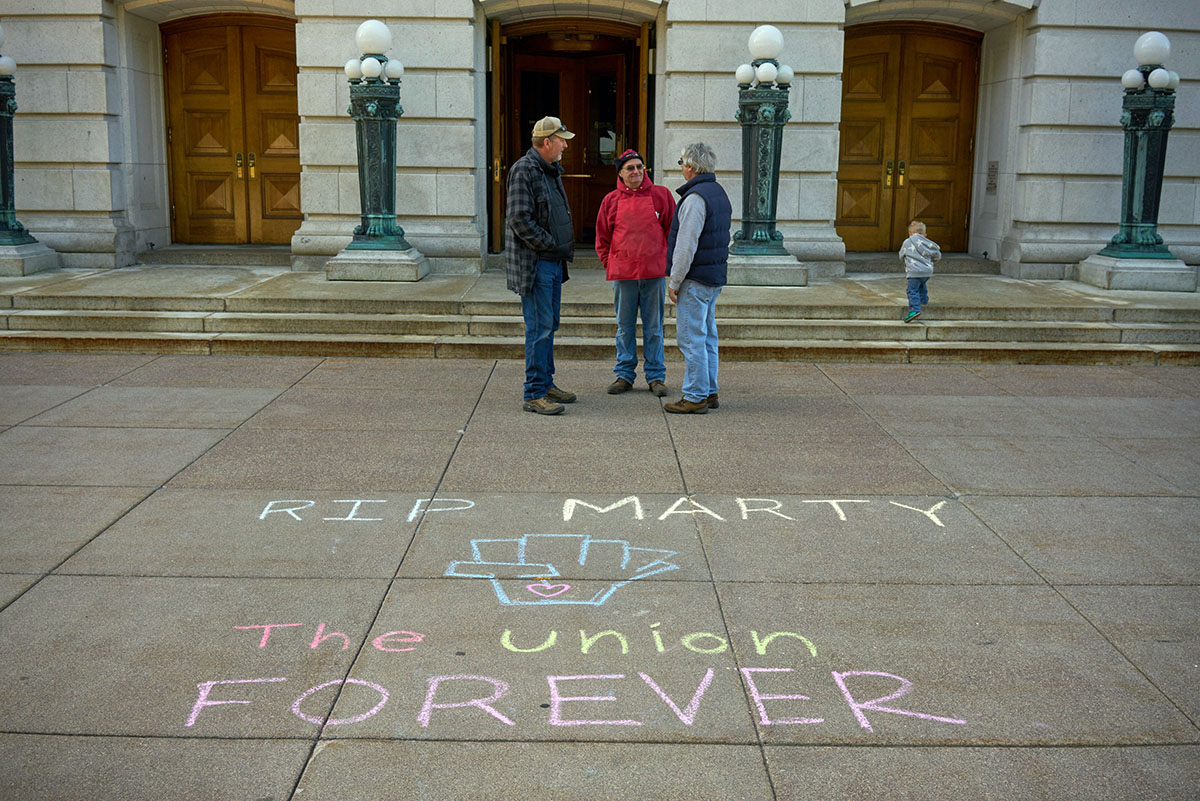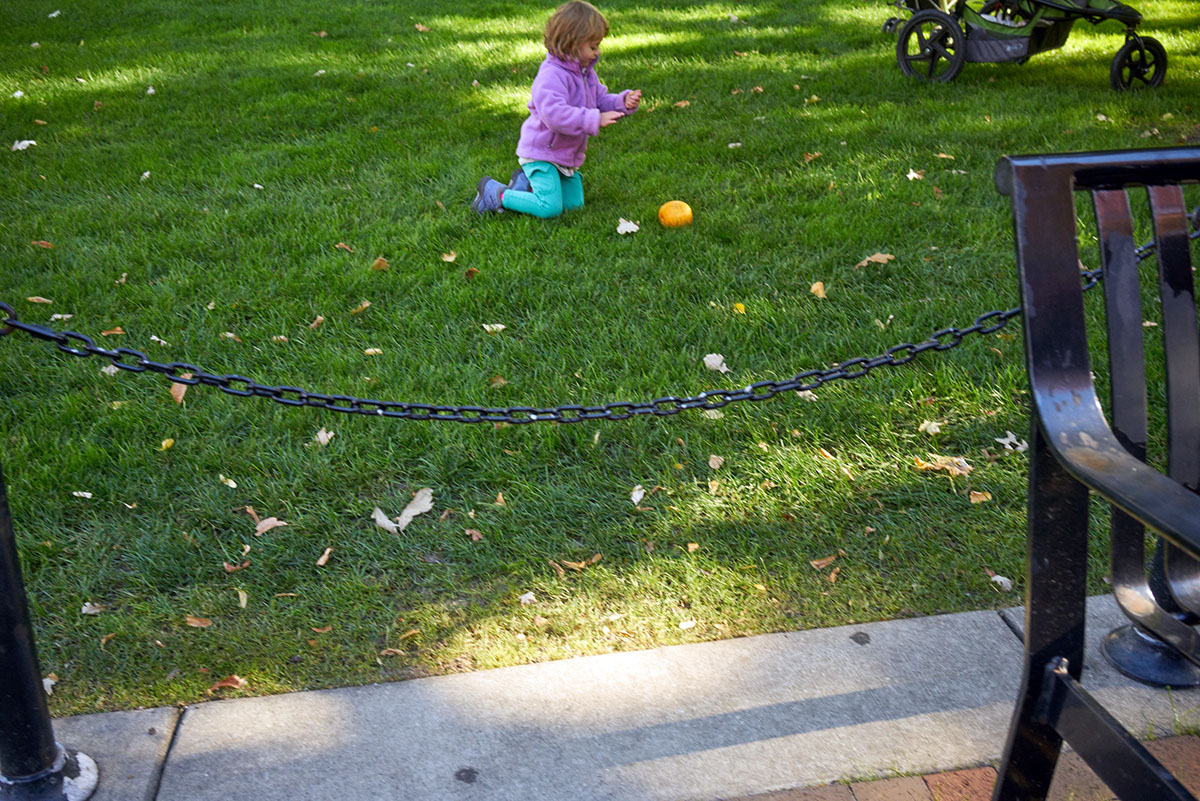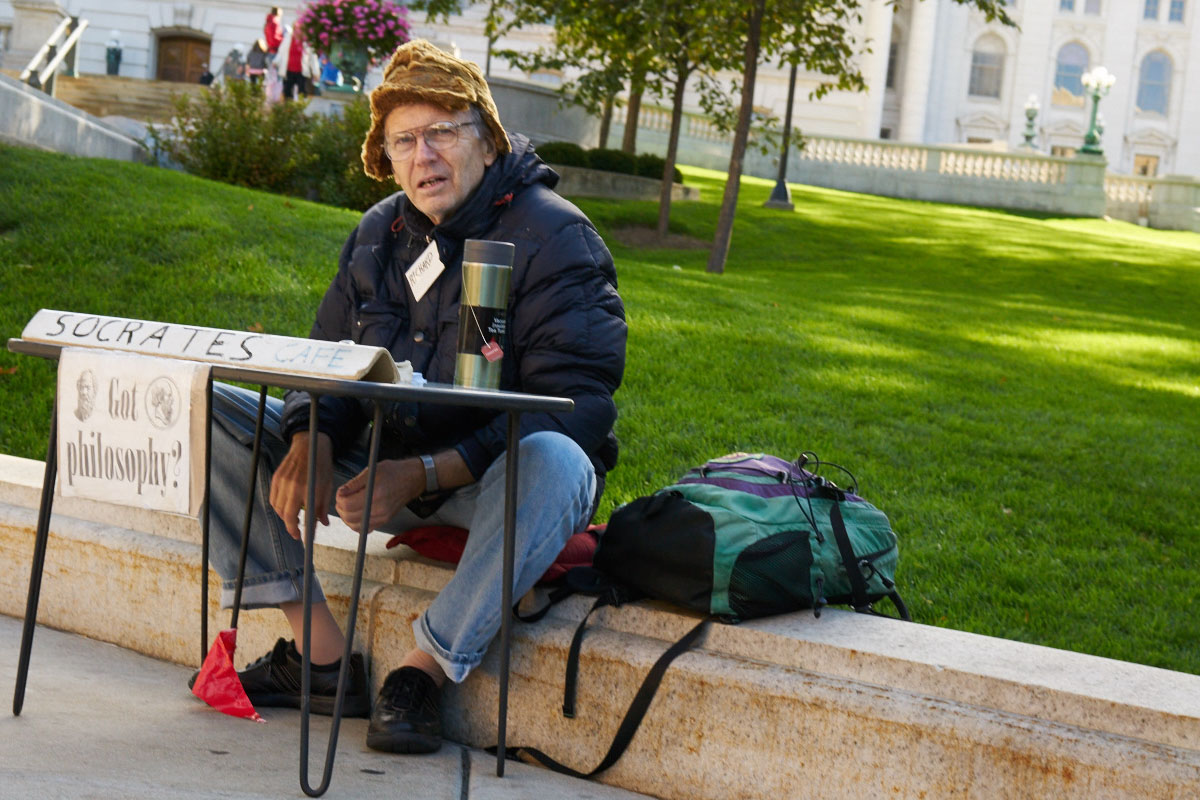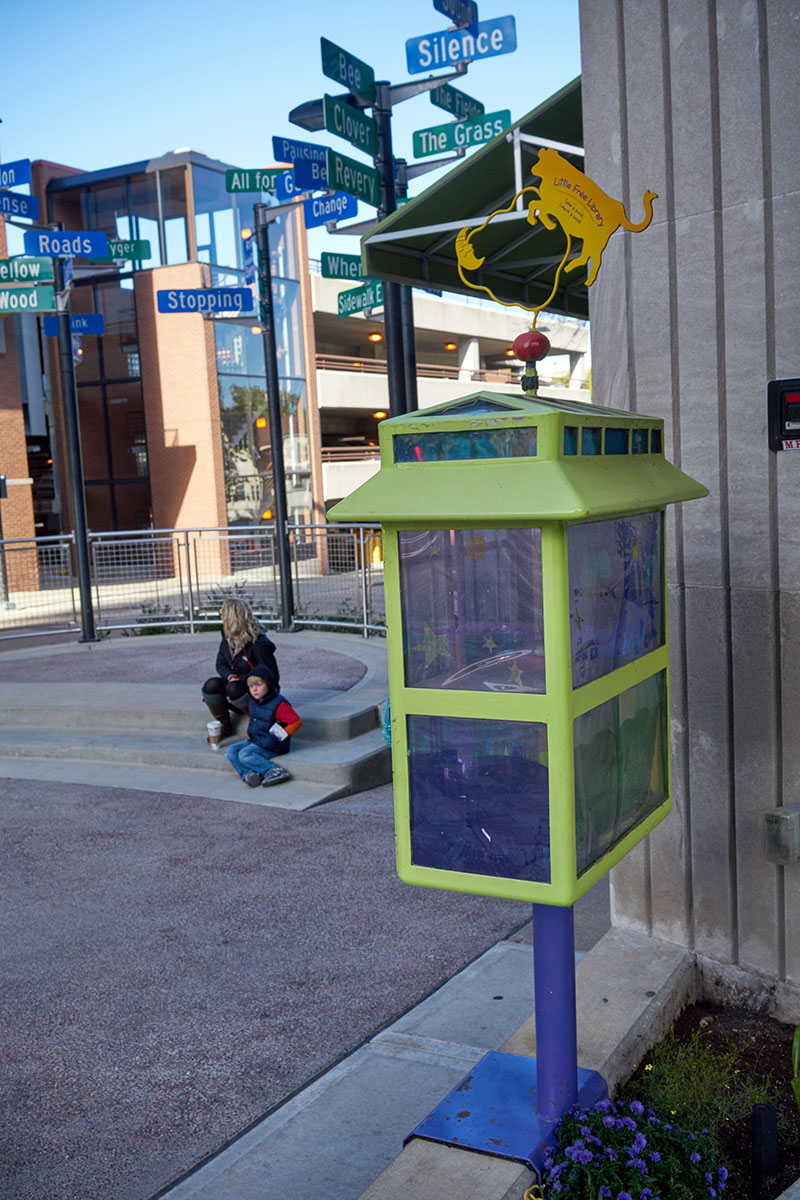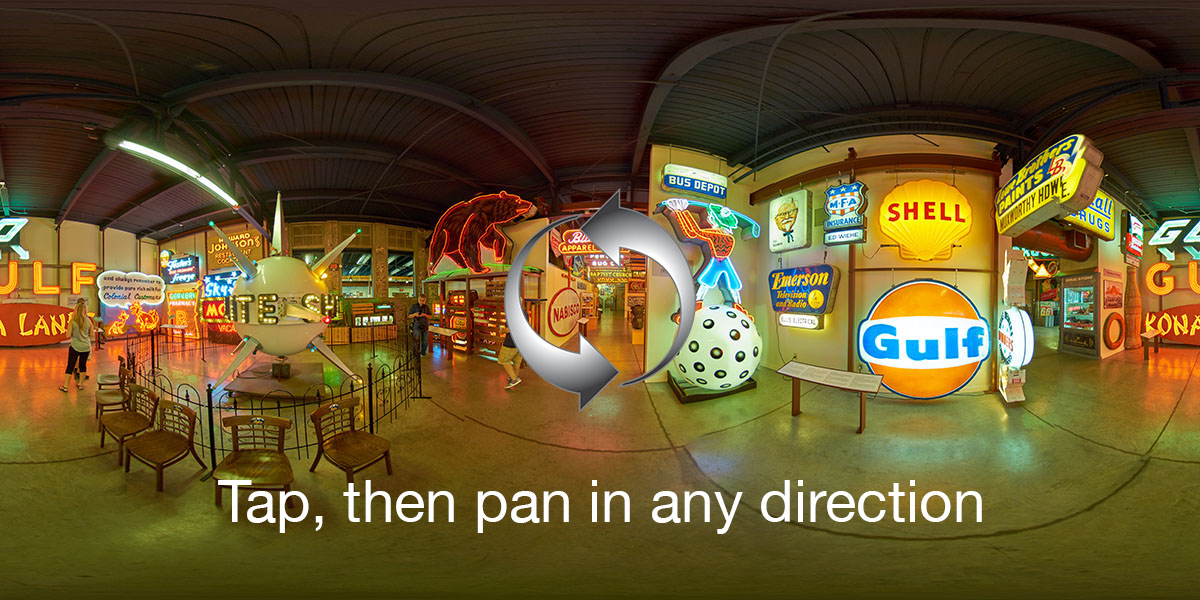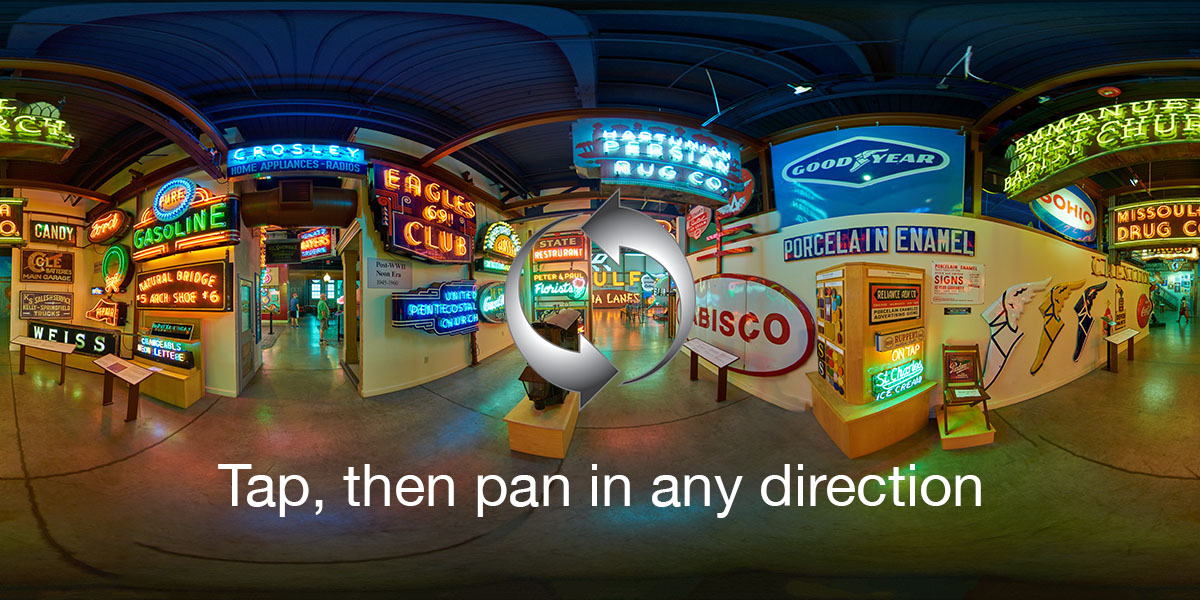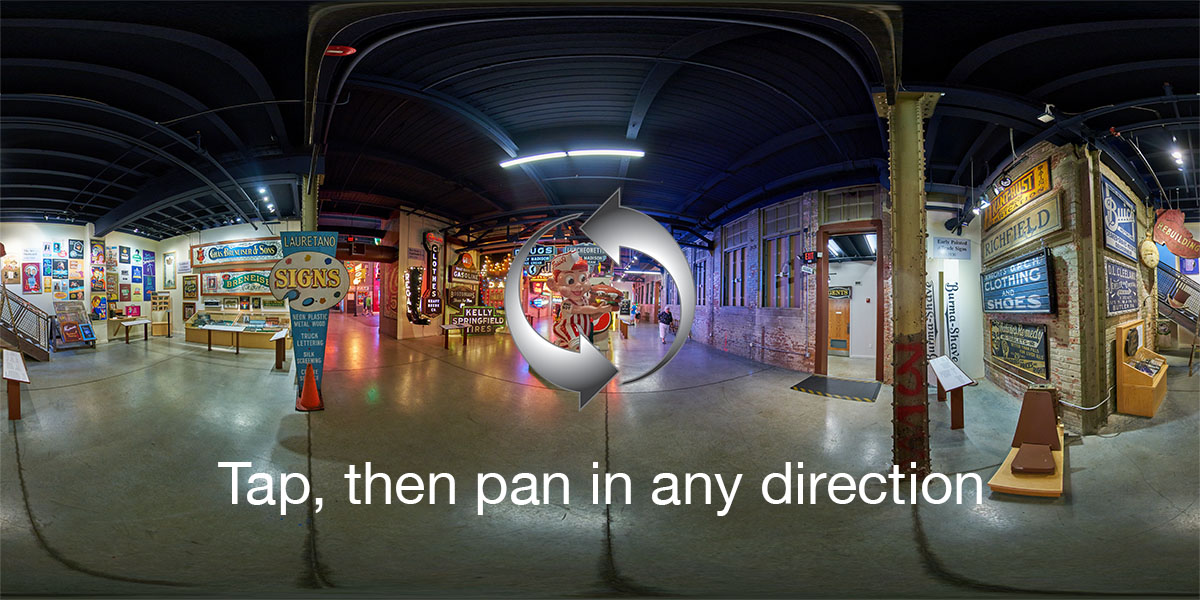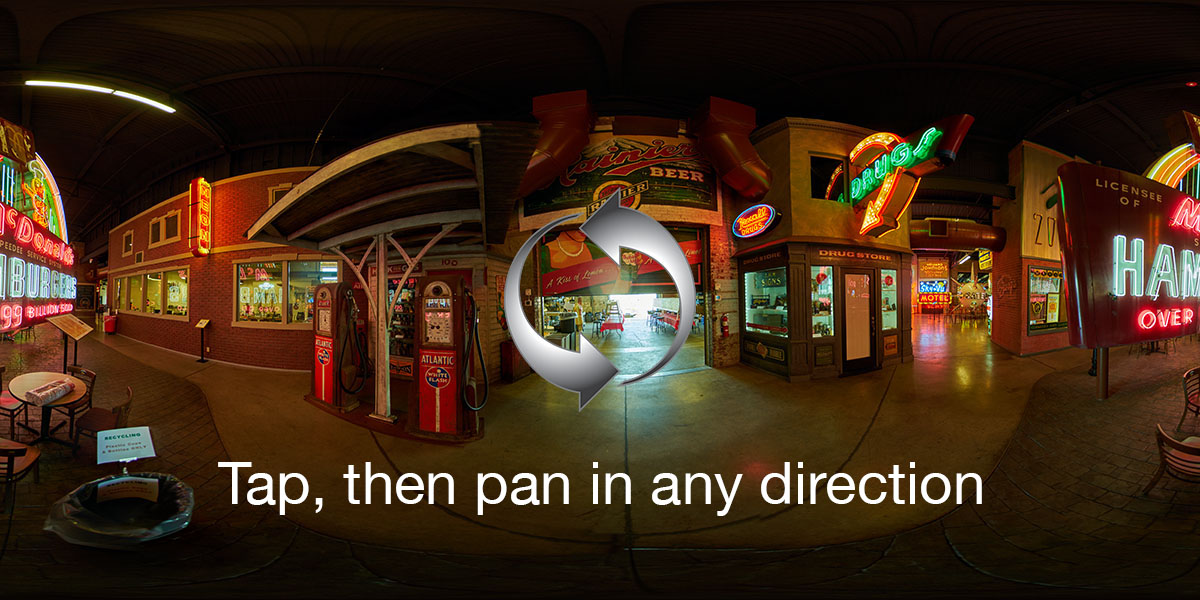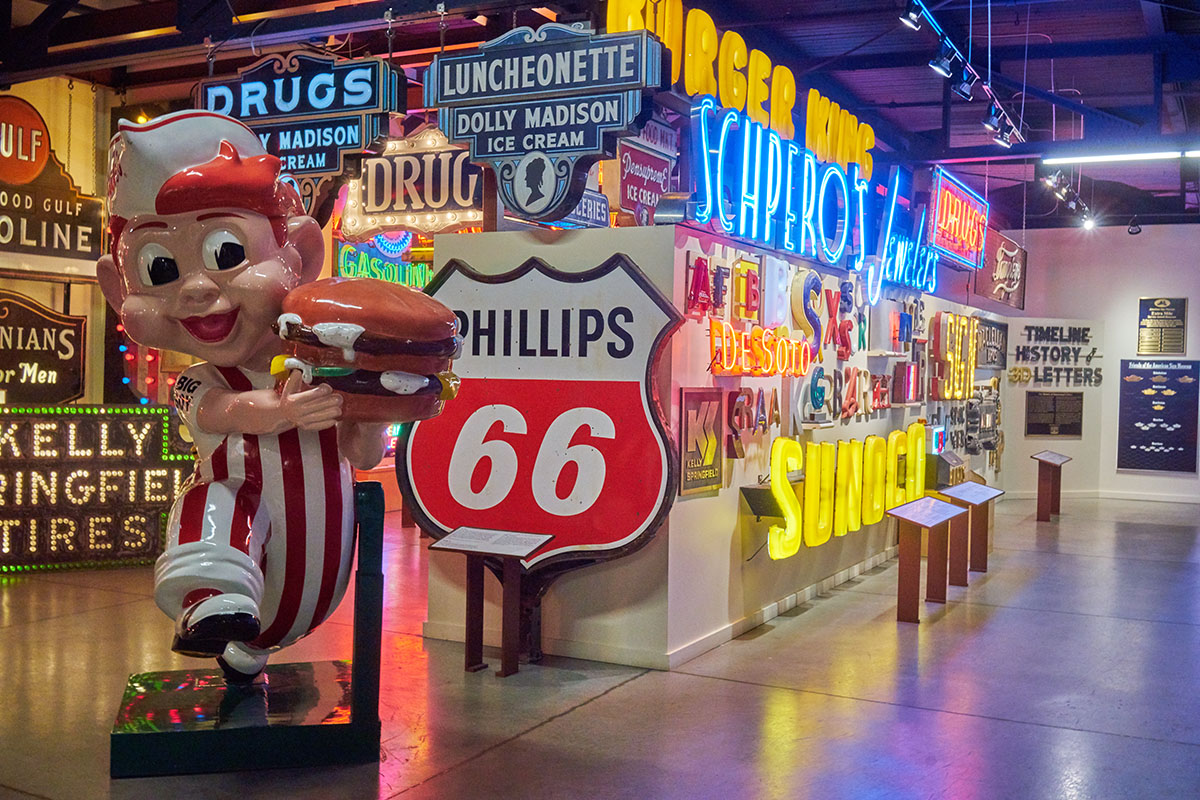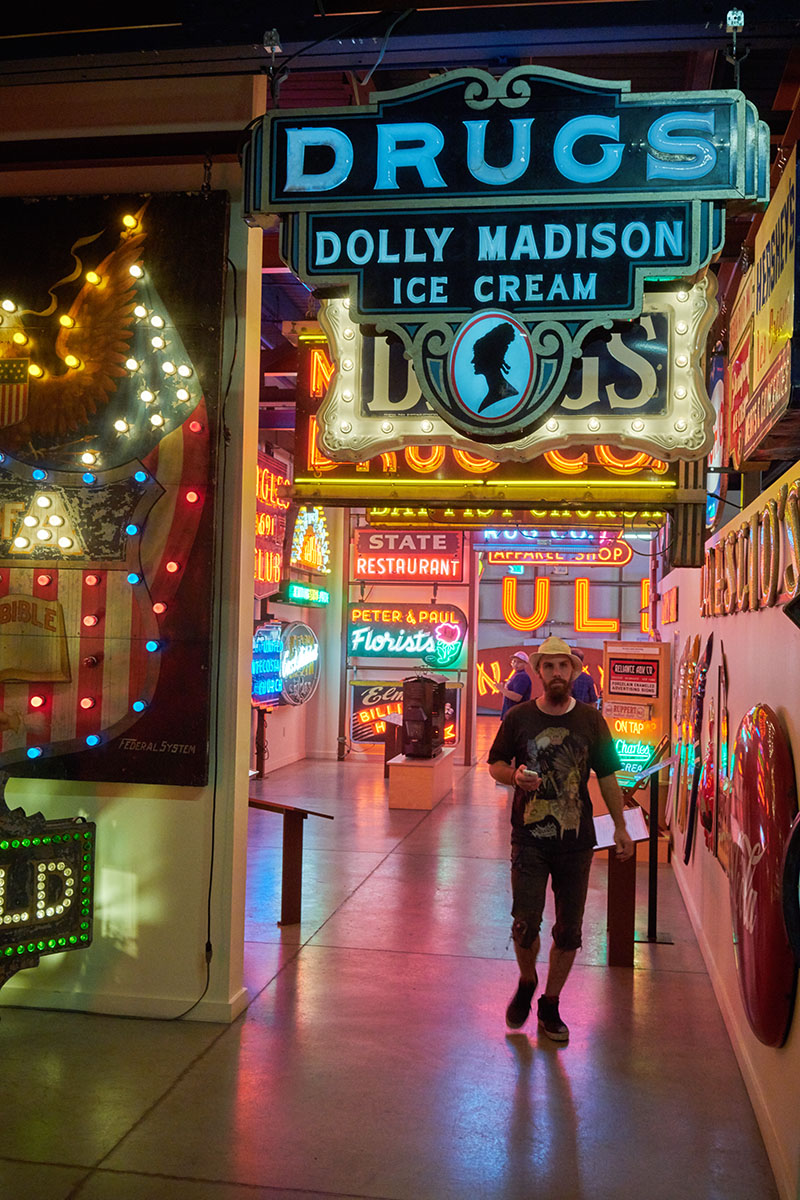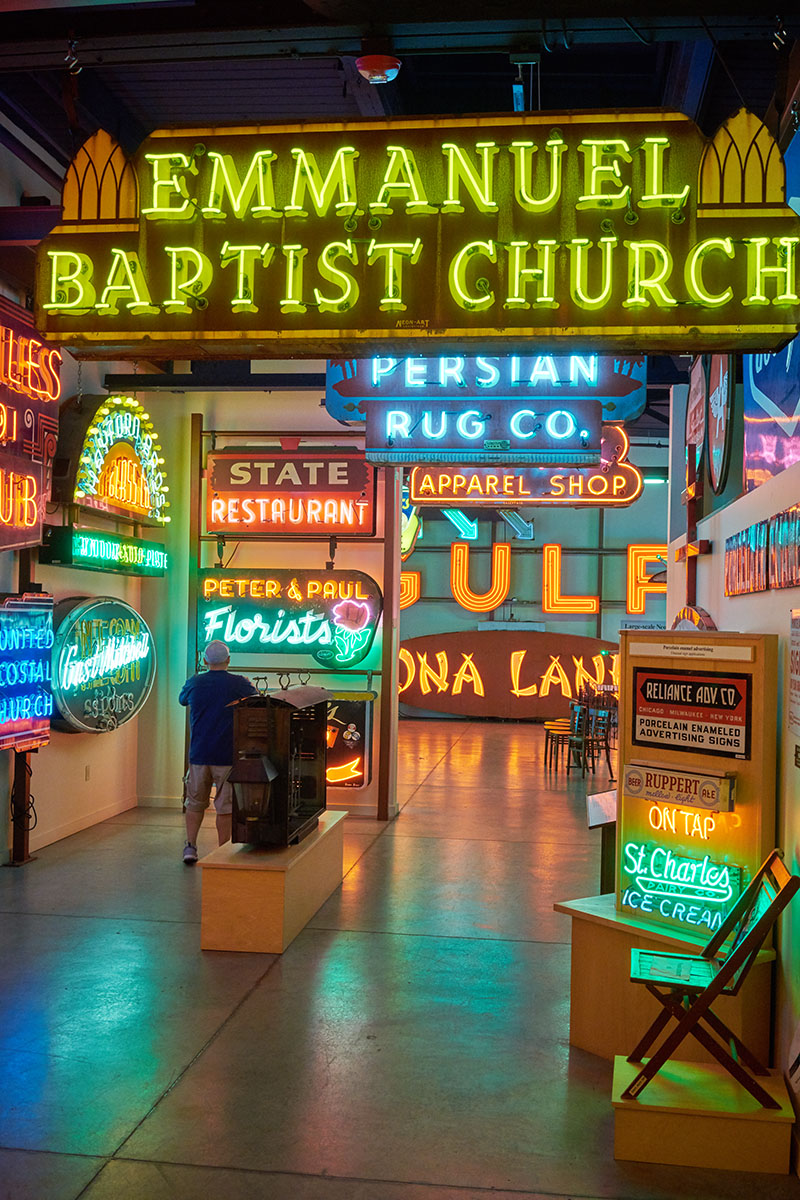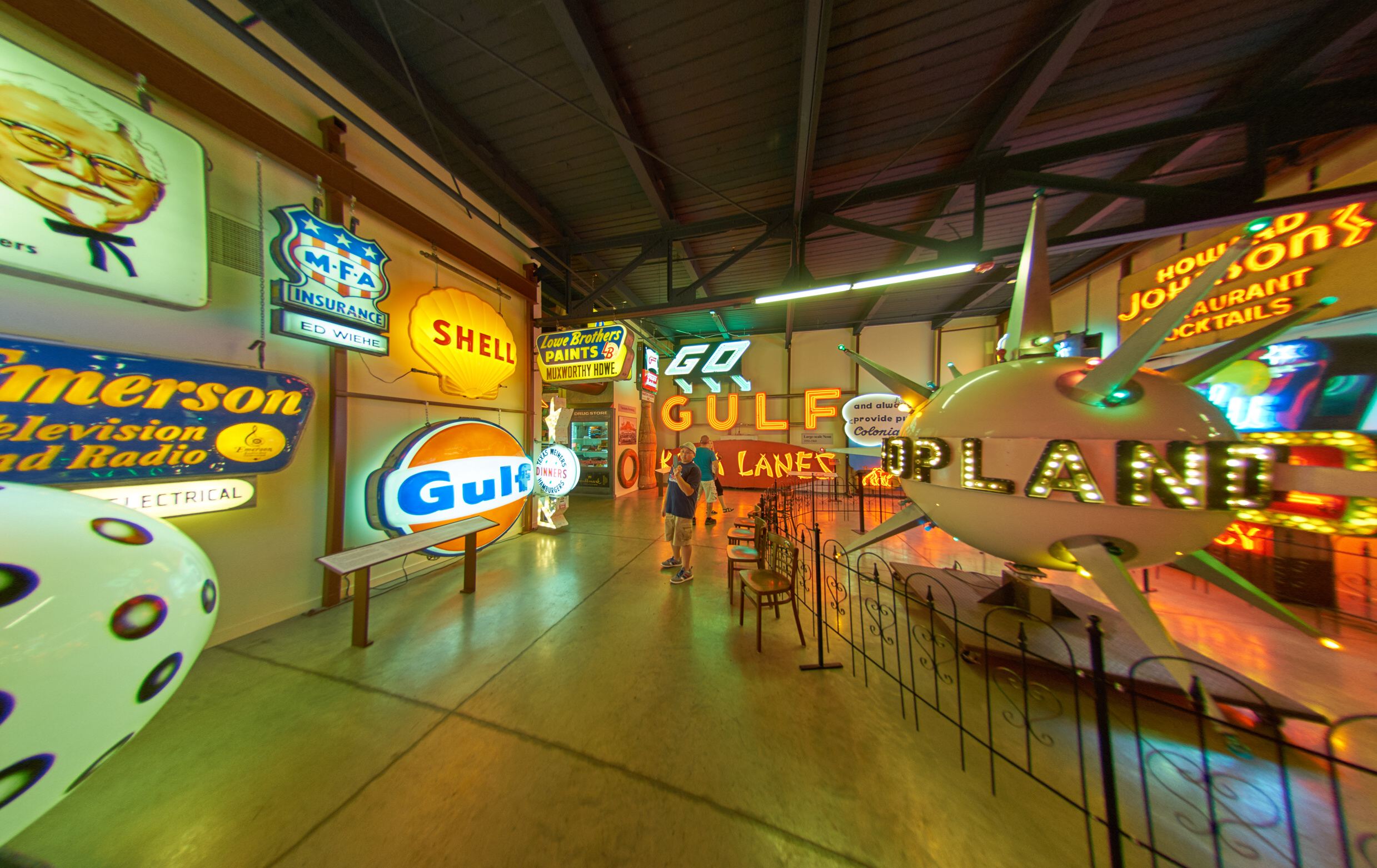UPDATED:
Listen to this event via a mp3 audio file. My question begins at about 30:40 of the 58 minute event.

I often try to attend WisPolitics’ periodic lunches. These events feature members of the political class, including elected officials, candidates, lobbyists and many other parts of the “machine”.
The meetings are a rare opportunity to publicly question our elected officials [3].
And so it was on Friday, that current US Senator Ron Johnson, running for re-election in 2016, participated in a WisPolitics event.
My question:
I am glad that you mentioned liberty and accountability (in your opening remarks).
During the past few years, the CIA has admitted hacking into the Senate computers [1] and the Director of National intelligence acknowledged lying to Congress [2]. Both are felonies. Yet, nothing has been done.
You have voted repeatedly for secret courts and domestic spying. How will our grandkids view these decisions?
Johnson defended his votes (I did not get the sense that he understands these issues in depth – see Barton Gellman at Purdue) and mentioned that he has met with members of the “secret courts”. I responded that the lack of oversight does little for most Americans and that the non secret courts have begun to require warrants for certain government actions.
Suggested Reading:
Eben Moglen on Snowden and the future.
Retroactive immunity for US telecom companies.
Behind the European Privacy Ruling That’s Confounding Silicon Valley.
How is NSA breaking so much crypto?.
Another perspective: The Painful Truth About Snowden – John Schindler.
John Oliver interviews Edward Snowden.
The Secret History of American Surveillance.
Suggested Films:
Citizen Four and the Lives of Others.
Listen to this event via a mp3 audio file. My question begins at about 30:40 of the 58 minute event.
Watch it here.

[1] CIA hacks into Senate computers.
[2] Director of National intelligence acknowledged lying to Congress.
[3] A question free Madison appearance: Russ Feingold and Elizabeth Warren.
[4] The Cap Time’s Jessie Opoien posted a thin event summary.
Ron Johnson’s Campaign Website 2010 campaign website via archive.org My archive. @senronjohnson
Russ Feingold’s Campaign Website. 2002 website and 2010 via archive.org My archive. @russfeingold
